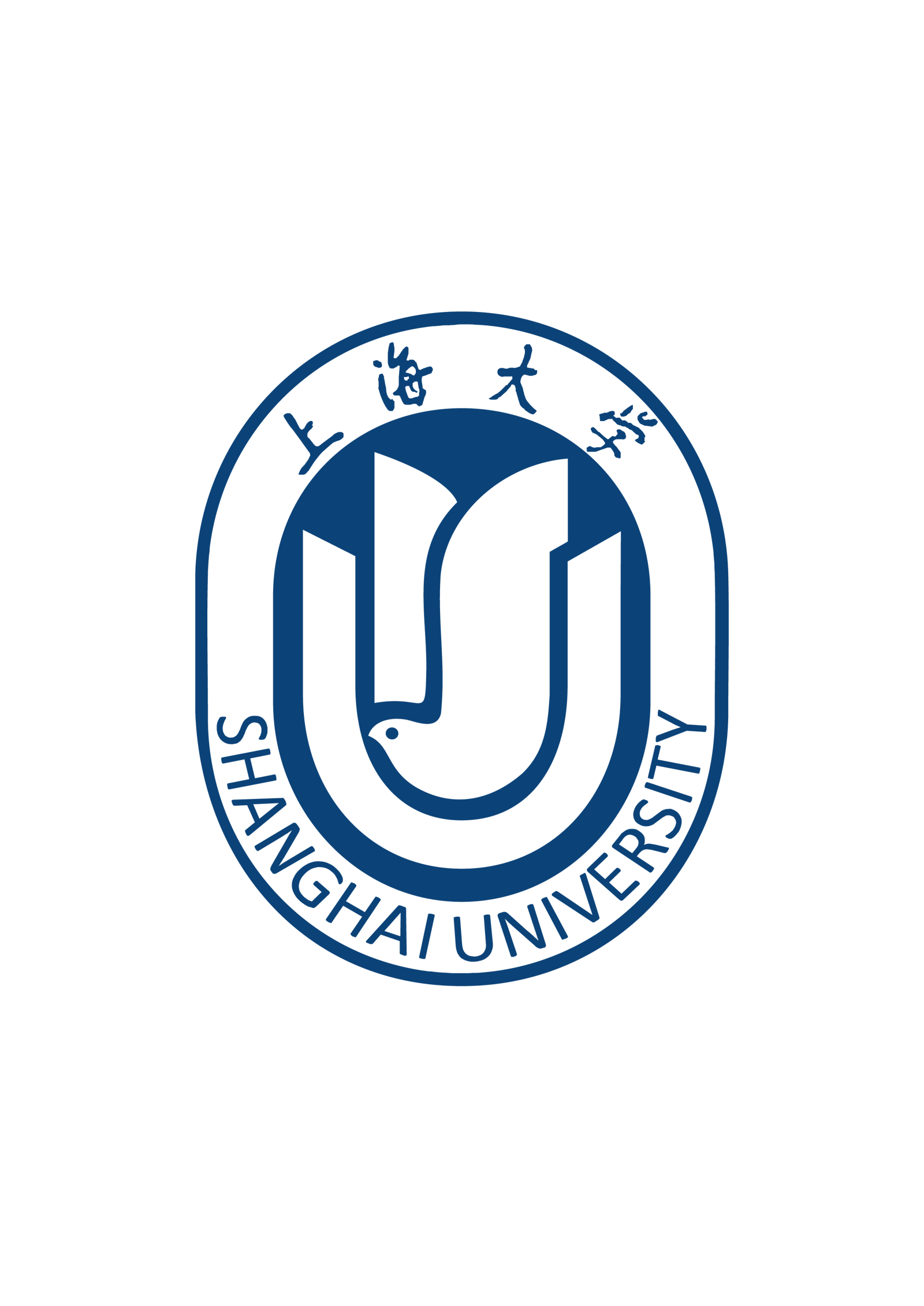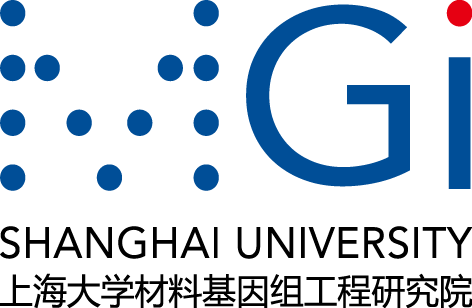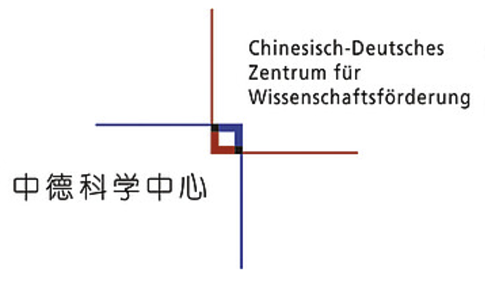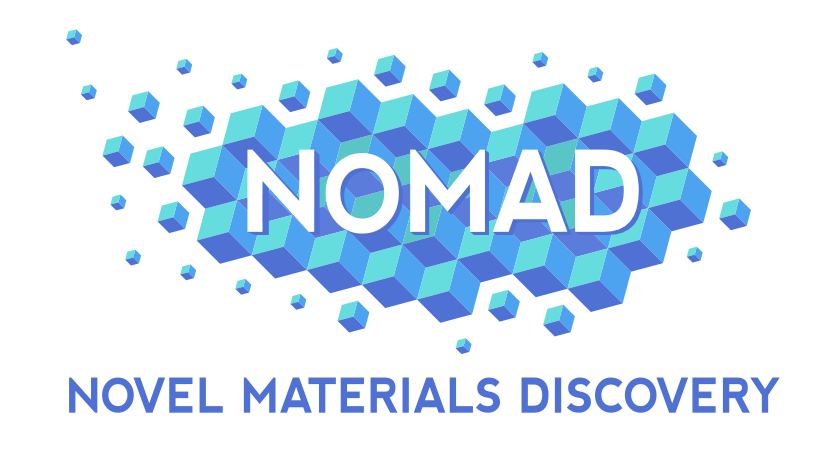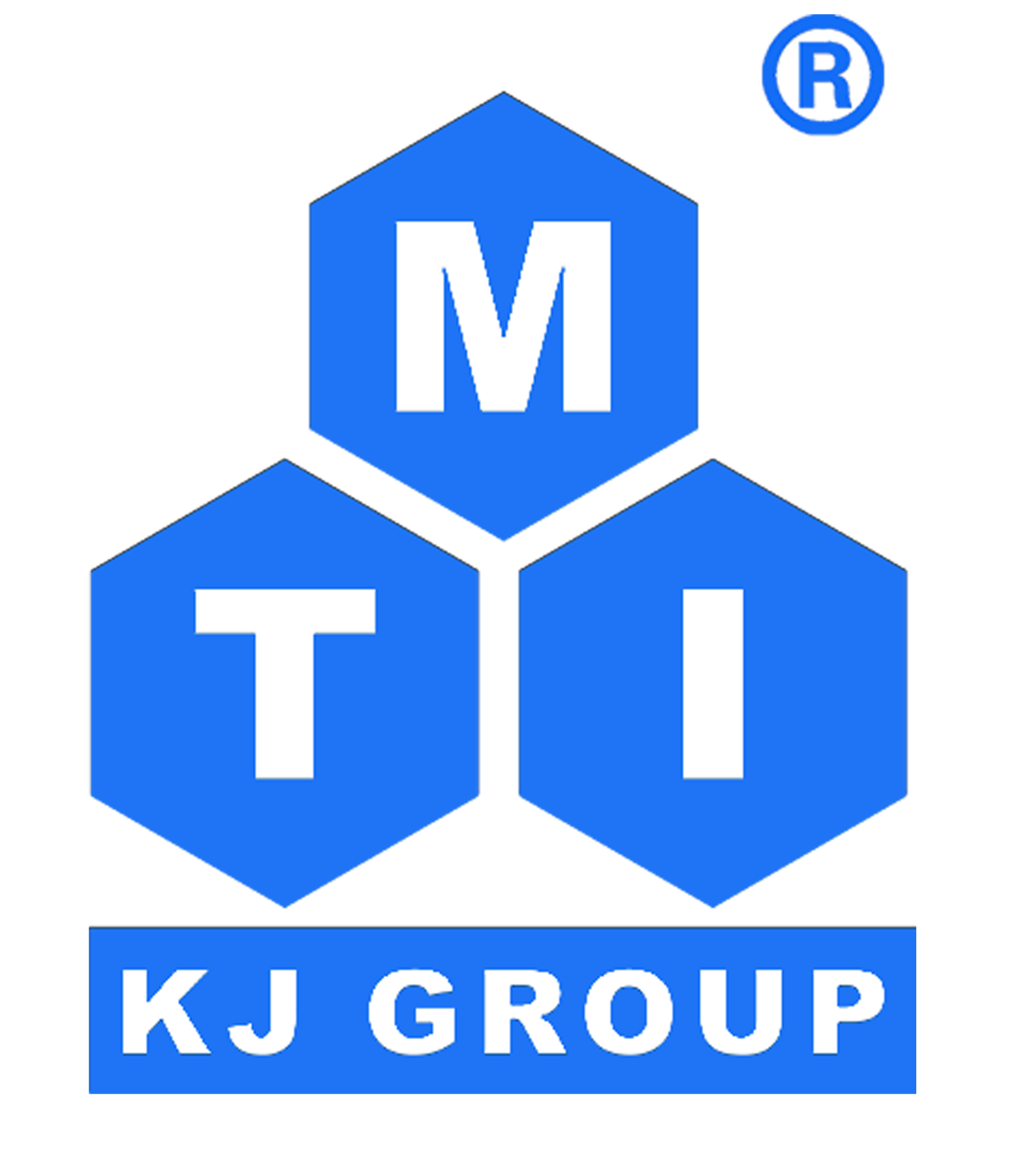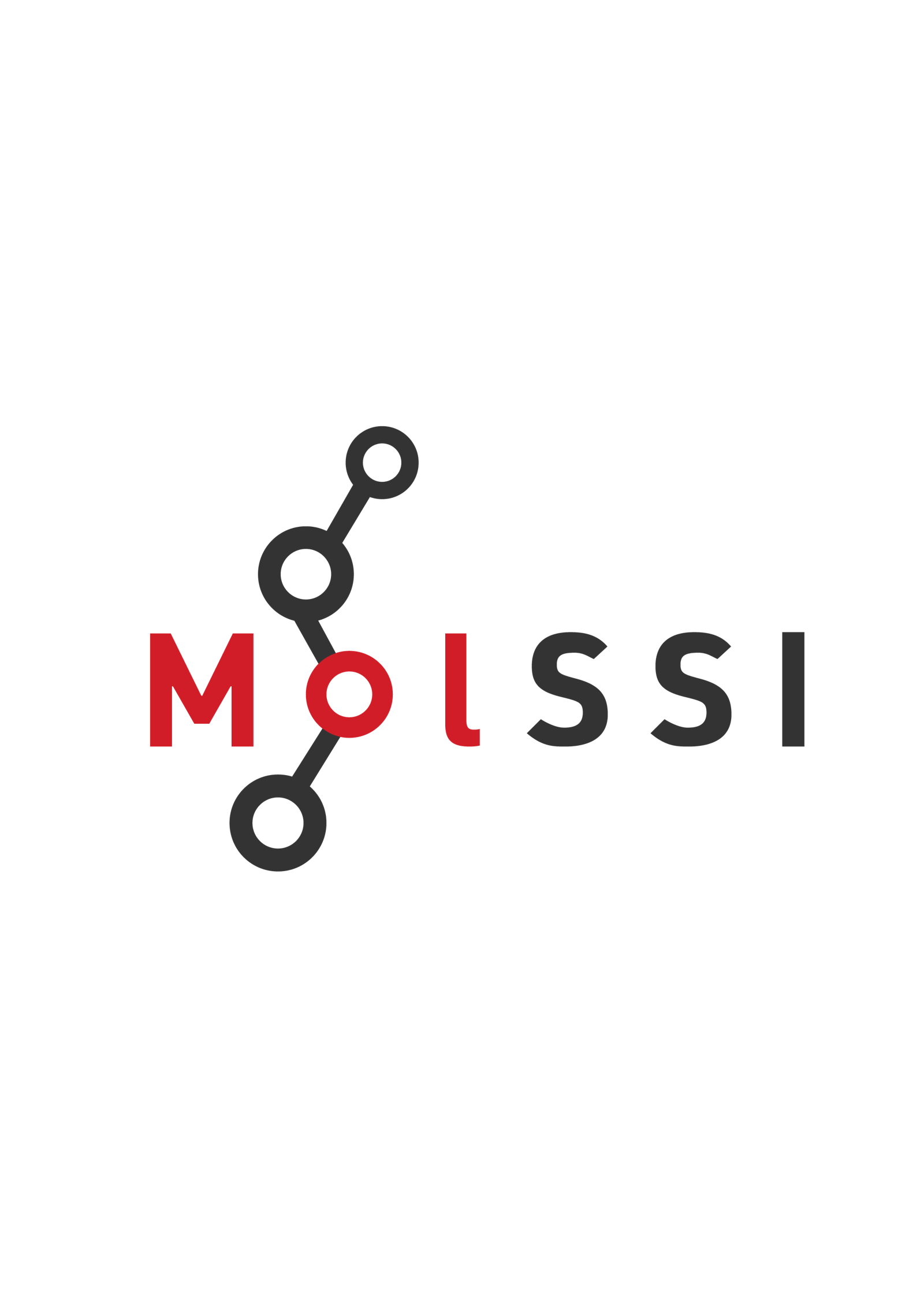Xiankang Tang1, Lin Jin2, Yixuan Zhang1, Rafal Dunin-Borkowski2, and Hongbin Zhang1*
1Institute of Materials Science, TU Darmstadt, 64287 Darmstadt, Germany
2Ernst Ruska-Centrum für Mikroskopie und Spectroskopie mit Elektronen, FZ Jülich, 52428 Jülich, Germany
*Corresponding Author: hzhang@tmm.tu-darmstadt.de
Advances in machine learning technologies make it possible to automatize material characterizations, which are indispensable for the near-future implementation of autonomous experimentation for solid state materials. High-resolution transmission electron microscopy (HRTEM) allows to study the atomic structure of solid materials with a resolution of sub-Angstrom. By matching experimental and simulated images, unknown experimental parameters and crystal structures can be determined. However, this process entails strong domain expertise and can be time consuming.
In this work, we implement and apply a Bayesian optimization-based approach to automatize the image matching processes. Combined with phase contrast corrected transmission electron microscopy, it is demonstrated that 3D crystal structures of the specimen can be reconstructed from single HRTEM images. To be specific, after appropriately defining loss functions between the experimental and simulated images to capture both the global and local image features, our method not only achieves an exact match between experimental and simulated images in terms of absolute image contrast, but also naturally identifies unknown experimental parameters, optimizes atomic positions, and reveals surface morphology with atomic resolution. This approach offers significant advantages for 3D studies of radiation-sensitive crystals and opens new possibilities for automated HRTEM image analysis.
Keywords: Bayesian Optimization, High-Resolution Transmission Electron Microscopy, 3D crystal structure reconstruction
Dr. Runhai Ouyang (DCTMD2024@163.com)
